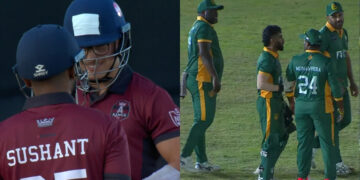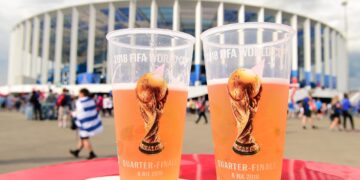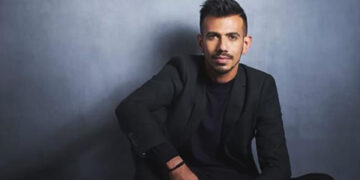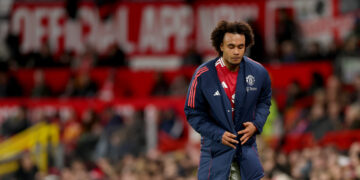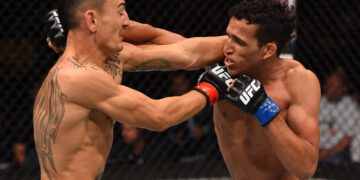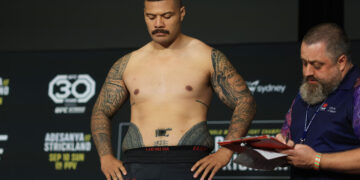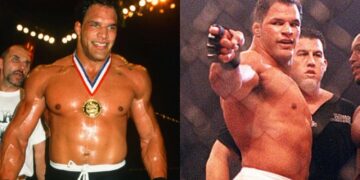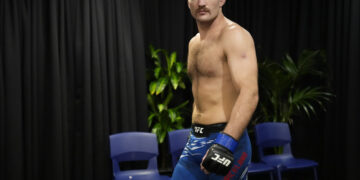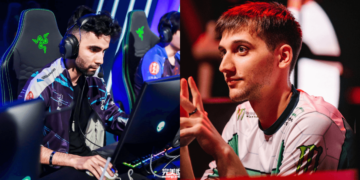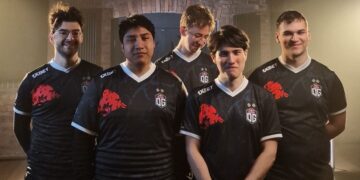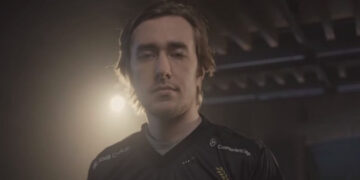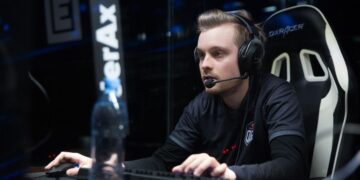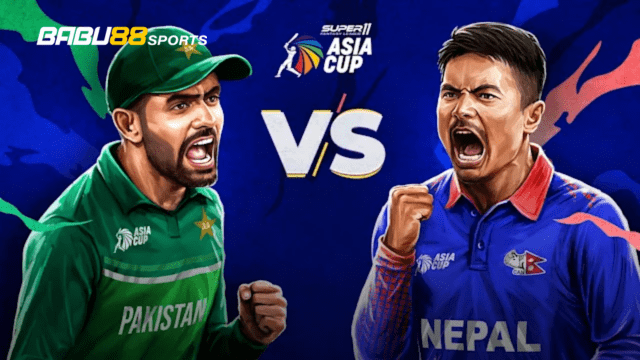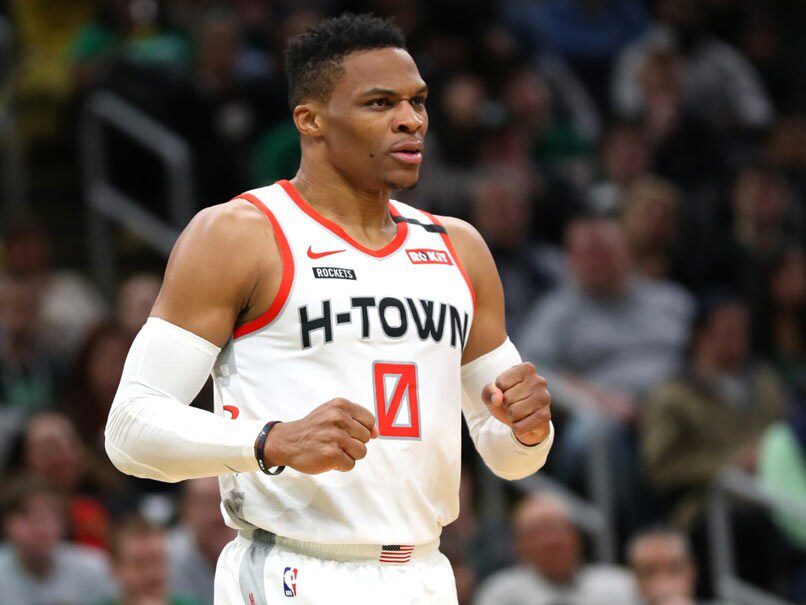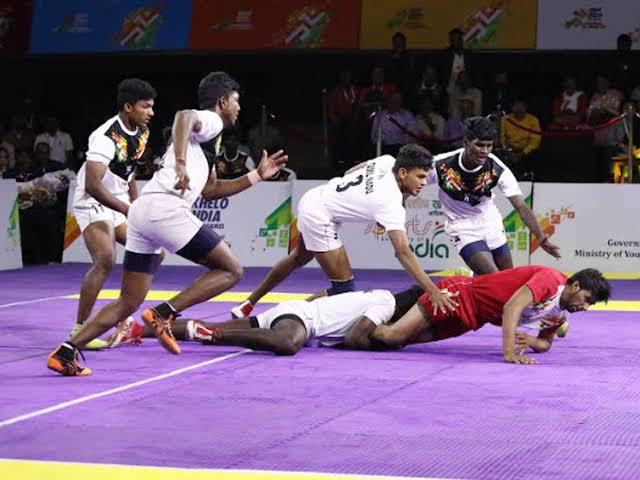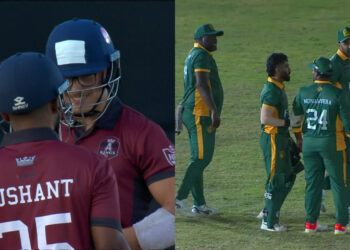
When the Brazilian government dragged its heels over relaxing a ban on the sale of alcohol at football stadiums for the 2014 World Cup, Fifa was not slow to make its feelings known.
With Budweiser among its chief sponsors, the world governing body was not about to let a trifling thing like national law impinge on the financial success of its quadrennial jamboree, and Jérôme Valcke, Fifa’s general secretary at the time, told the Brazilian Congress that the right to sell beer had to be enshrined in legislation.
“Alcoholic drinks are part of the Fifa World Cup, so we’re going to have them,” harrumphed Valcke. “Excuse me if I sound a bit arrogant but that’s something we won’t negotiate. The fact that we have the right to sell beer has to be a part of the law.”
Given that the cost of a pint at the World Cup has started to border on the criminal, the irony of that statement will be lost on no one. Predictably, however, Fifa got its way, and it was not long before locals in Rio de Janeiro were remarking on social media that “drinking beer on a Friday is only for the rich now”.
There are signs that next year’s World Cup in Canada, Mexico and the United States may not be much better. Fans were charged about £12.30 for a beer at this summer’s Club World Cup in the US, and with match tickets priced at up to $6,370 for the 2026 World Cup, many supporters fear that worse is to come. So how have beer prices changed at the World Cup over the past 15 years?
How much was a beer at the 2010 World Cup in South Africa?
According to the official fan guide for the South Africa World Cup in 2010, the cost of a Budweiser, the only beer available inside stadiums, ranged from 10 to 20 rand. At the time, that was equivalent to between 82p and £1.65.
The 473ml limited edition bottles have since become collector’s items and can be found online for about £15.
Beer has become an increasingly controversial topic at recent World Cups, but at the 2010 edition the scandal was largely confined to a marketing stunt for the Dutch brand Bavaria involving a group of 36 women clad in orange. Fifa, who had been paid millions by Budweiser for exclusive beer sponsor rights, were not impressed.
“Ambush marketing is a criminal offence in South Africa and is also prohibited at Fifa World Cup matches by the stadium code of conduct and the ticketing terms and conditions,” blustered a spokesperson.
How much was a beer at the 2014 World Cup in Brazil?
The price of a beer at the first World Cup hosted by Brazil in 64 years ranged from R$10 for a 473ml can of national brew Brahma – roughly £2.65 at the time – to R$13 (about £3.45).
The rare novelty of choice was down to the fact that both brands are owned by AB InBev, the tournament’s exclusive alcoholic beverage provider.
Yet the mere fact that alcohol was on sale at all marked a significant victory for Fifa in its battle with Brazil’s policymakers, even if the organisation had to ride a wave of outside criticism. Among the critical voices was the British Medical Journal, which published a report suggesting the tournament’s “real winner will be the alcohol industry”.
“Our commercial partners share Fifa’s ambition to have a positive influence on health and sport,” countered a Fifa spokesman, adding that sponsorship revenue contributed to football development projects in 209 member countries as well as a health programme.
How much was a beer at Russia 2018?
In another wholly predictable triumph for Fifa’s commercial partner, AB InBev-owned brands Budweiser and Klinskoye, a local brew, were the only beers available inside stadiums.
While prices varied according to location, a 0.45l Budweiser at Moscow’s Luzhniki Stadium cost 300 rubles – roughly £4.20 at the time.
Fans who ventured further afield were able to quaff their thirst at considerably less expense, however, with a domestic beer of similar size costing as little as 84p. An imported pint, meanwhile, cost about £1.50, making it one of the cheaper World Cups for thirsty supporters.
Perhaps unsurprisingly, many bars in the Russian capital reported that beer supplies were running low as fans drank the city dry.
How much was a beer at the 2022 World Cup in Qatar?
The contrast between Russia 2018 and the Qatar World Cup, where beer cost an eye-watering £12 a pop and was only available in specified areas, could hardly have been more stark.
Even that, though, may have come as a relief to some supporters, with the conservative Muslim country favouring a blanket ban at one point.
Supporters who piled into huge queues in the tournament’s fan zones were limited to four drinks per order amid fears of binge drinking – although given prices, there seemed little prospect of that being a problem.
How much will a beer cost in Canada, Mexico and the US?
While prices have yet to be confirmed and are likely to vary by country, the precedent set by this summer’s Club World Cup is not encouraging.
In Philadelphia, Manchester City fans were forced to pay up to £12.30 for a can of premium beer, with a local brew also available at just under £11. Prices in Atlanta were relatively modest, at £8.20 for a large beer and £4.50 for a small one, but the overall direction of travel is clear.



